Burrow Mump, Somerset: Alfred the Great's lookout point
The famed hill in Burrowbridge is today's Secret Britain spot.
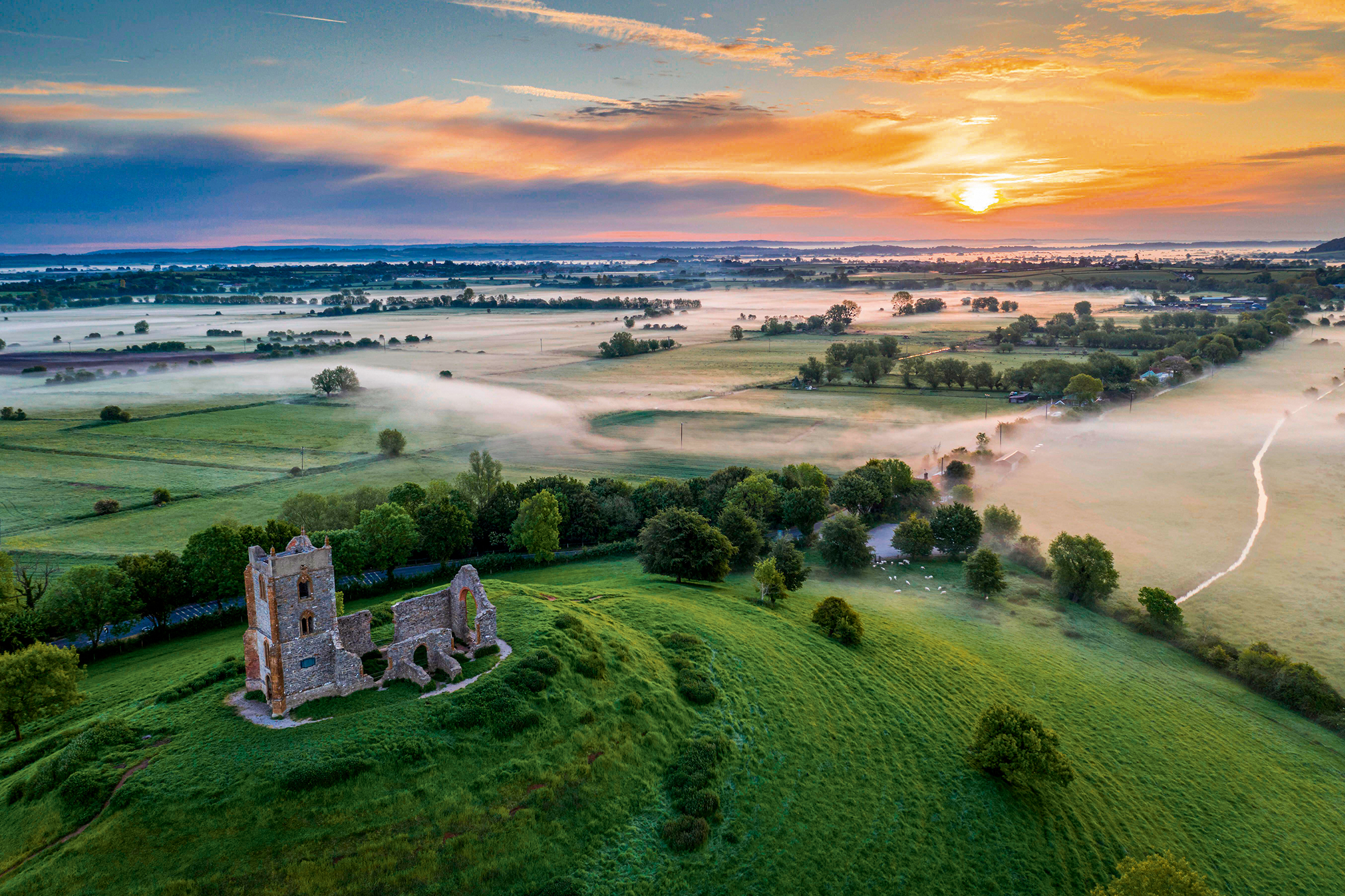

An excellent lookout for marauding Danes, which was Alfred the Great’s purpose when he climbed it, Burrow Mump (literally ‘hill hill’) is only 79ft tall, but the views over the Somerset Levels are extensive.
In winter, when the rivers Parrett and Tone swirl at the foot of the Mump, the landscape must look similar to that seen by the ancient King of Wessex.
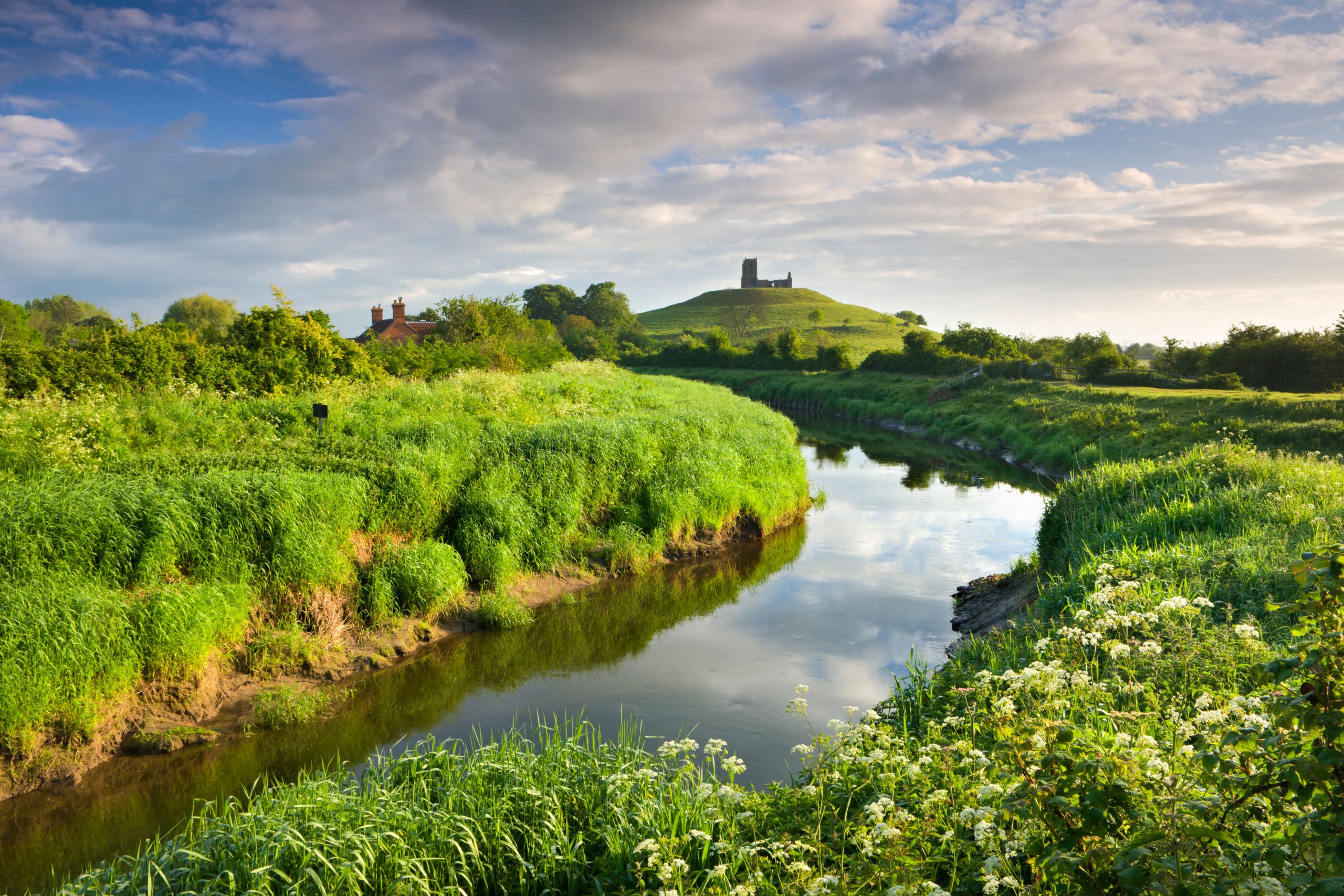
Civil War Royalist soldiers who hid in medieval St Michael’s Church, at the top, must have felt comparatively wary of approaching Roundheads and probably didn’t appreciate the vista, which includes fellow ‘islands’ Glastonbury Tor and Athelney, where Alfred hid before the Battle of Edington in 878.
See more of Secret Britain
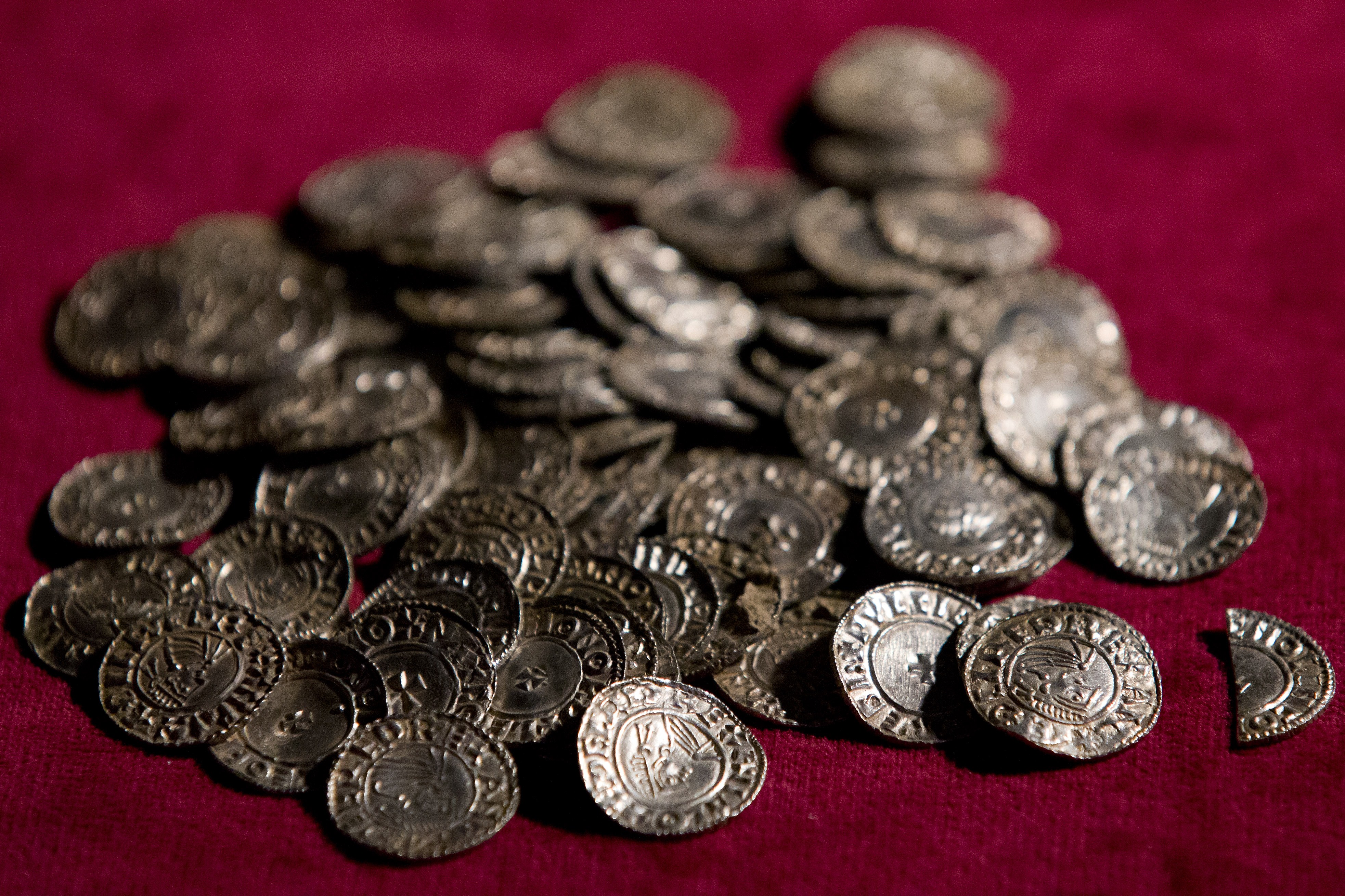
The Saxon treasure hoarders 'have been convicted of a crime that they needn’t have committed'
Treasure theft made the headlines after two metal detectorists were convicted of stealing a £3-million Viking hoard, but an expert
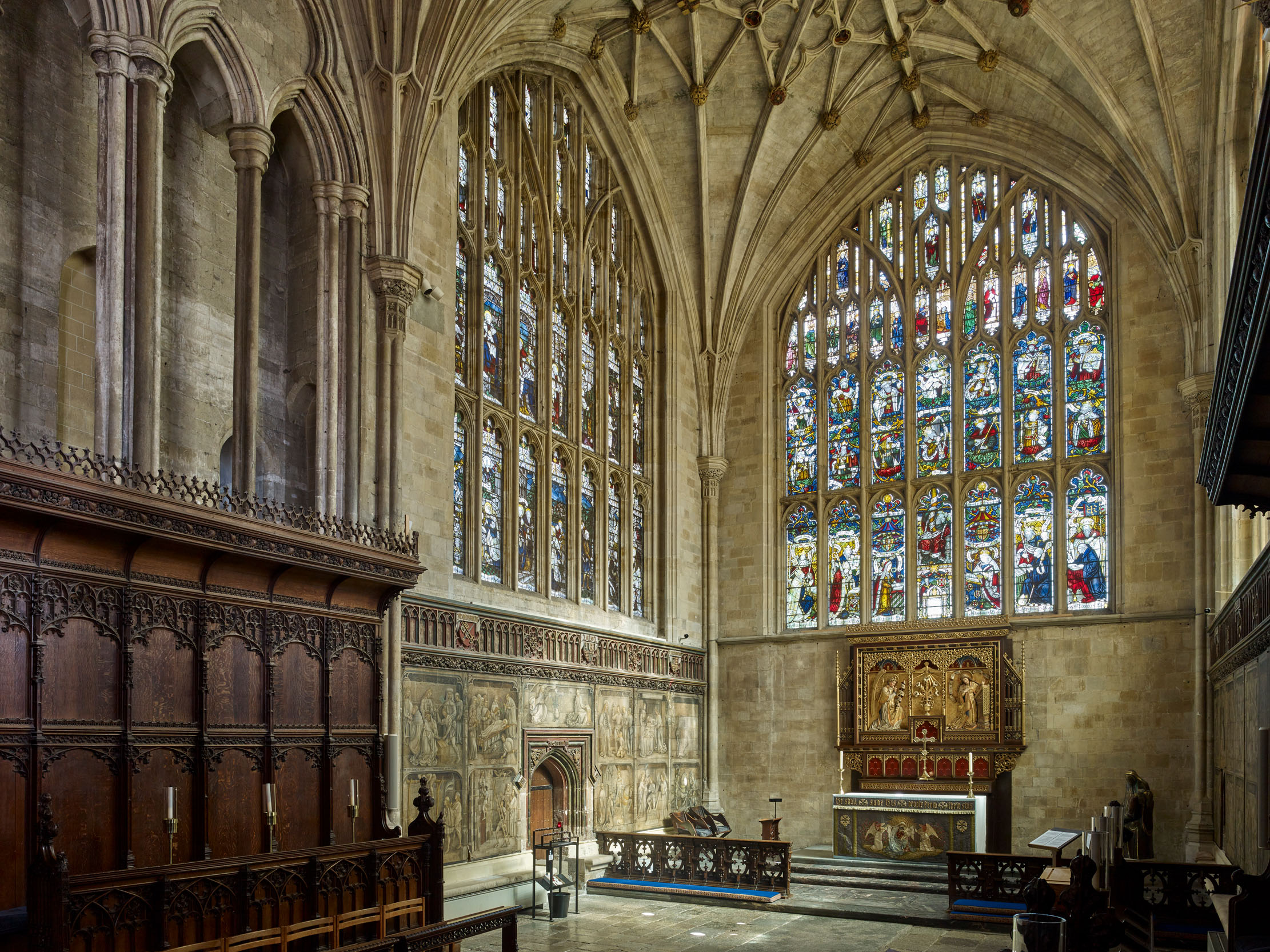
Winchester Cathedral: The tale of a remarkable church and its astonishing contents
There is perhaps no building in Britain that connects the modern visitor more immediately with the foundational figures of English
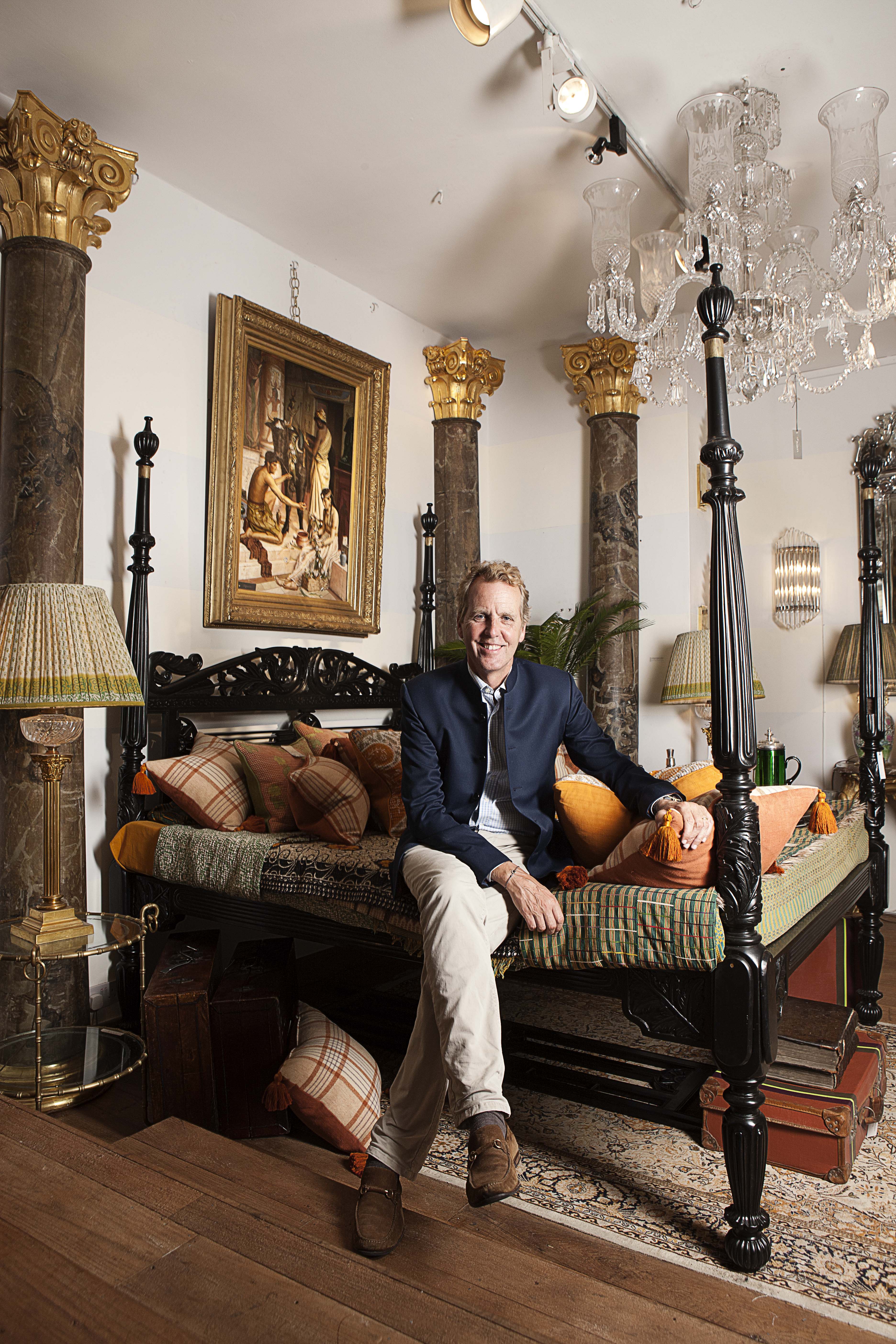
Antique dealers and interior designers on the objects they would never sell
When wonderful objects come into your hands on a daily basis, how does something become so special that you couldn't
Sign up for the Country Life Newsletter
Exquisite houses, the beauty of Nature, and how to get the most from your life, straight to your inbox.
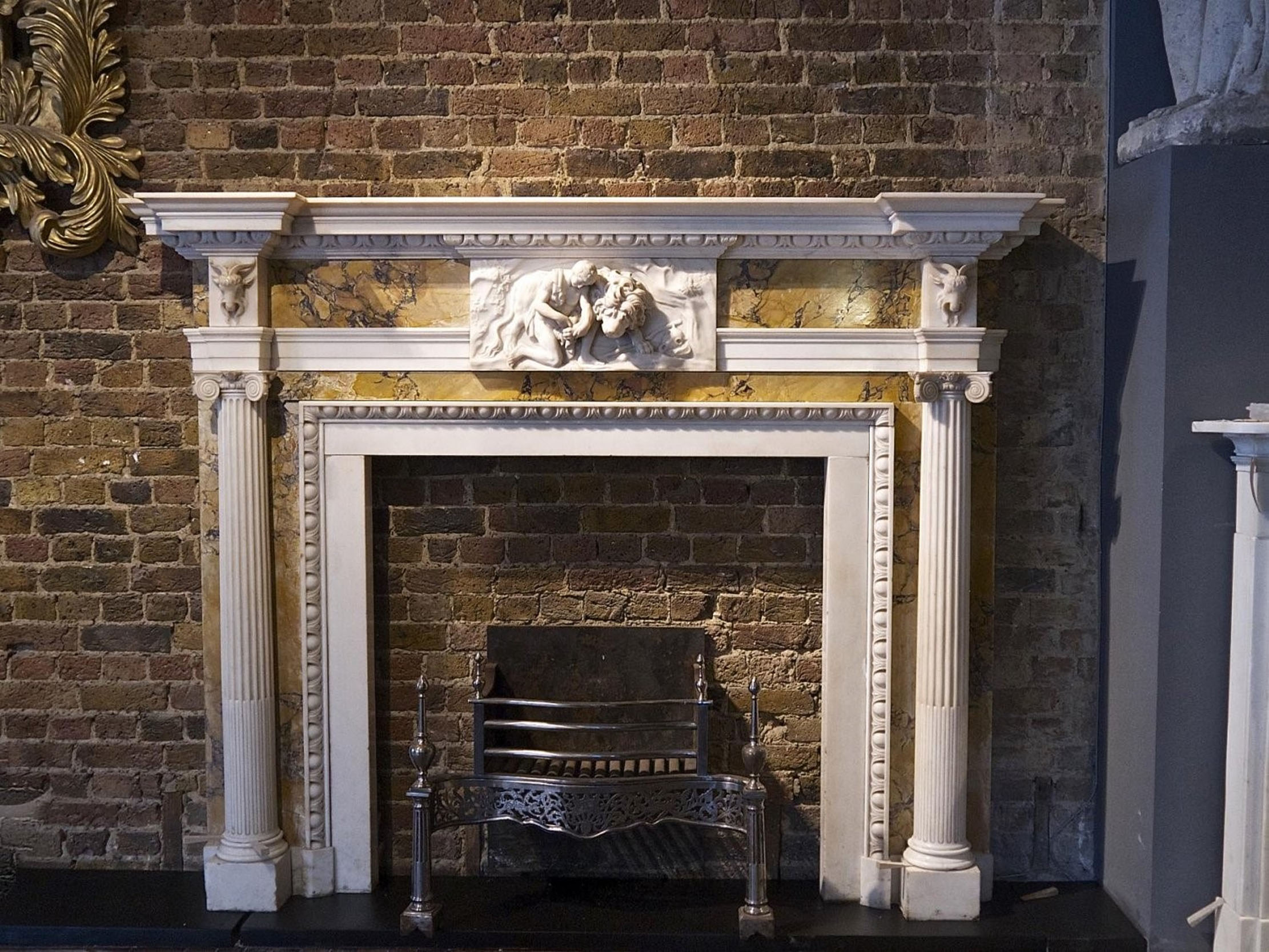
Credit: Renaissance London
The secret life of fireplaces, and the fascinating tales they tell about the houses which host them
Fireplaces have all manner of wonderful stories to tell, as Amelia Thorpe discovers.
Annunciata grew up in the wilds of Lancashire and now lives in Hampshire with a husband, two daughters and an awful pug called Parsley. She’s been floating round the Country Life office for more than a decade, her work winning the Property Magazine of the Year Award in 2022 (Property Press Awards). Before that, she had a two-year stint writing ‘all kinds of fiction’ for The Sunday Times Travel Magazine, worked in internal comms for Country Life’s publisher (which has had many names in recent years but was then called IPC Media), and spent another year researching for a historical biographer, whose then primary focus was Graham Greene and John Henry Newman and whose filing system was a collection of wardrobes and chests of drawers filled with torn scraps of paper. During this time, she regularly gave tours of 17th-century Milton Manor, Oxfordshire, which may or may not have been designed by Inigo Jones, and co-founded a literary, art and music festival, at which Johnny Flynn headlined. When not writing and editing for Country Life, Annunciata is also a director of TIN MAN ART, a contemporary art gallery founded in 2021 by her husband, James Elwes.
-
 Six rural properties with space, charm and endless views, as seen in Country Life
Six rural properties with space, charm and endless views, as seen in Country LifeWe take a look at some of the best houses to come to the market via Country Life in the past week.
By Toby Keel
-
 Exploring the countryside is essential for our wellbeing, but Right to Roam is going backwards
Exploring the countryside is essential for our wellbeing, but Right to Roam is going backwardsCampaigners in England often point to Scotland as an example of how brilliantly Right to Roam works, but it's not all it's cracked up to be, says Patrick Galbraith.
By Patrick Galbraith
-
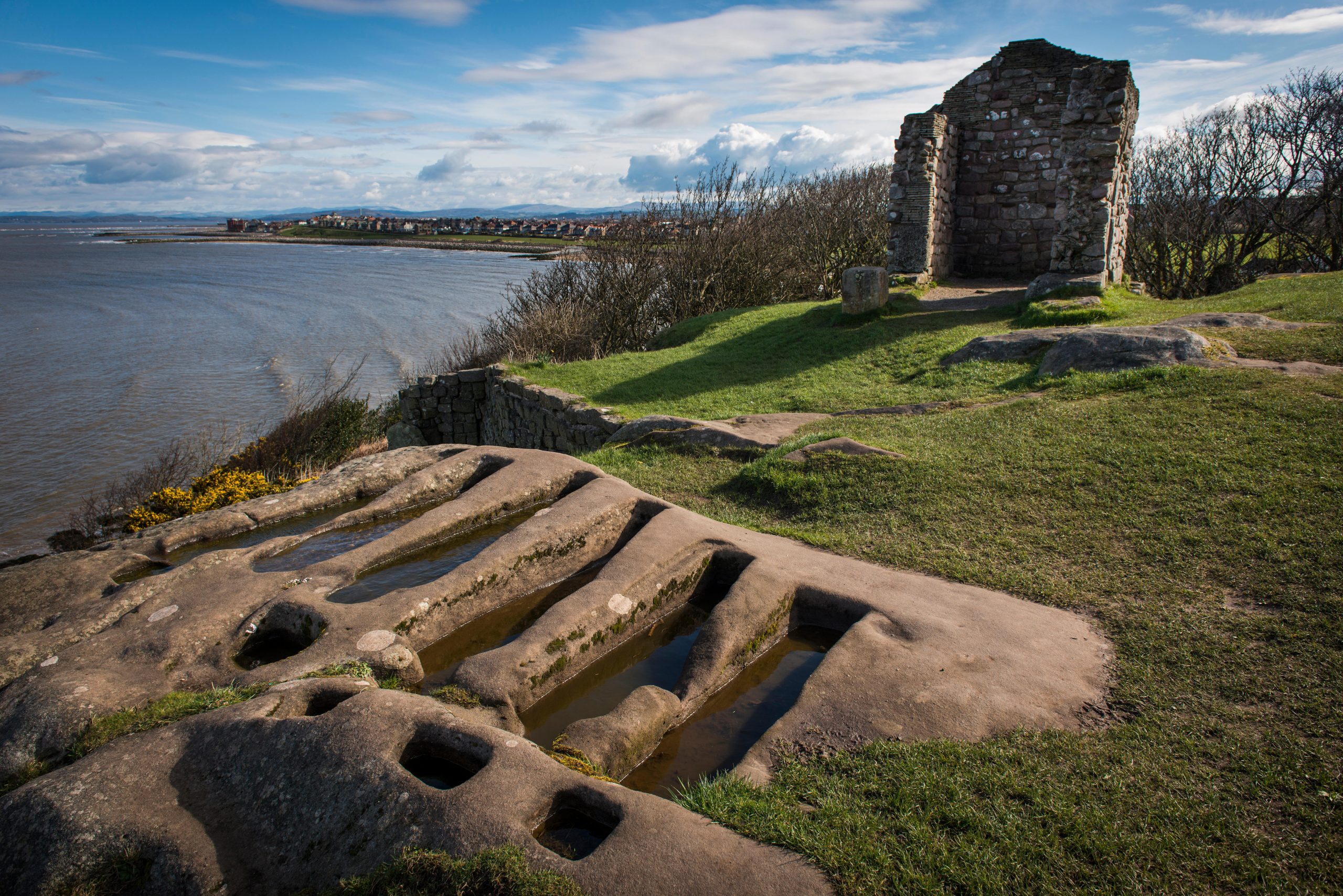 St Patrick’s Chapel ruins, Heysham: The mythical Lancashire ruins with a heavenly view
St Patrick’s Chapel ruins, Heysham: The mythical Lancashire ruins with a heavenly viewAnnunciata Elwes takes a look at St Patrick’s Chapel ruins, a Morecambe Bay landmark.
By Annunciata Elwes
-
 Suisnish, Isle of Skye: The atmospheric ruins of a Clearance village
Suisnish, Isle of Skye: The atmospheric ruins of a Clearance villageBeauty now reigns in a tragic spot where hundreds of villagers suffered during the Clearance
By Annunciata Elwes
-
 Covehithe beach, Suffolk, where the cliffs crumble like cake
Covehithe beach, Suffolk, where the cliffs crumble like cakeThe most eroded beach in Britain has a post-apocalyptic feel.
By Annunciata Elwes
-
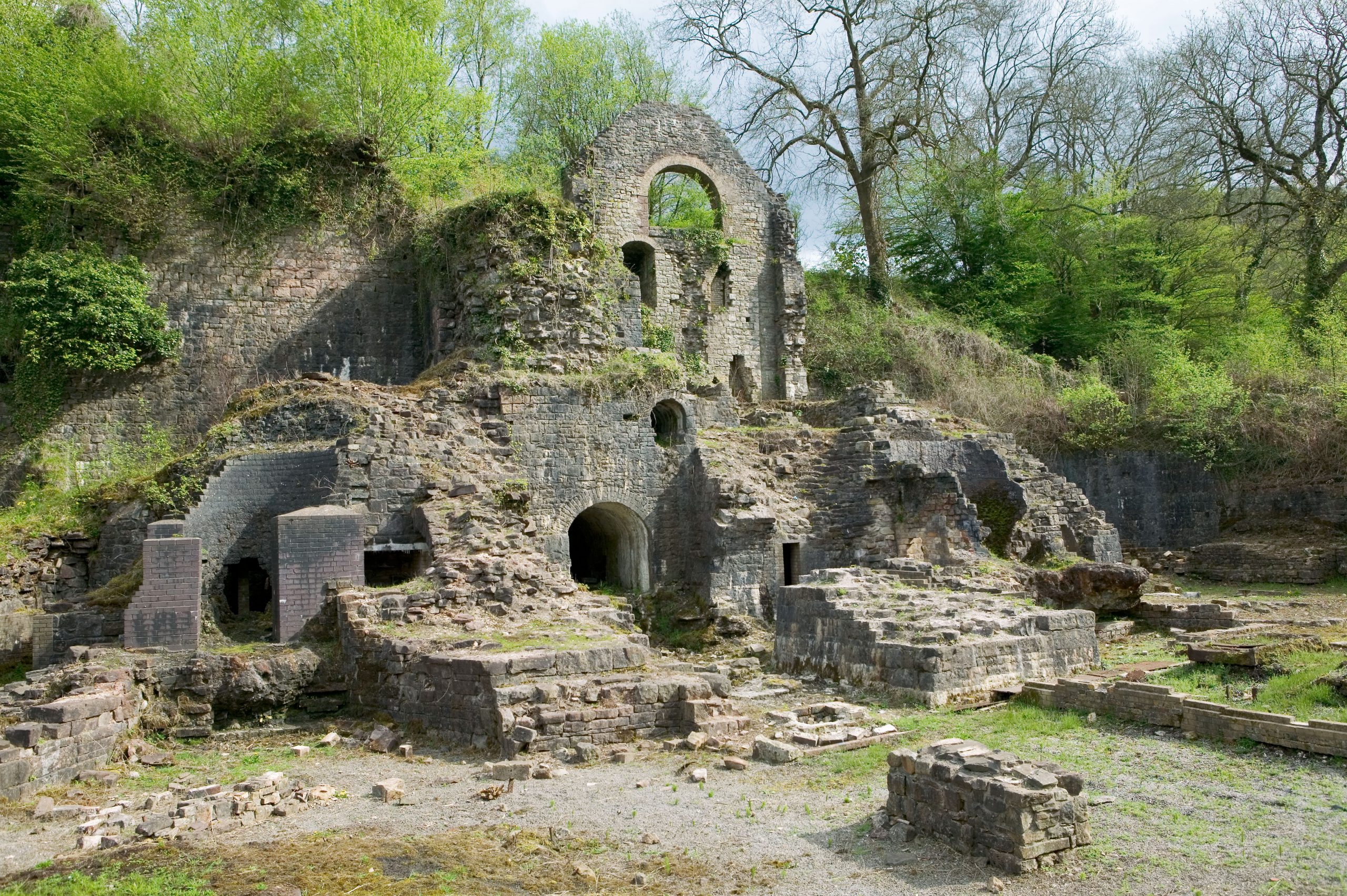 Clydach Ironworks, Monmouthshire: Ruins in the gorge that inspired Shakespeare
Clydach Ironworks, Monmouthshire: Ruins in the gorge that inspired ShakespeareAn oasis of quiet now stands where the steam hammers thudded at this Welsh ironworks, in a river valley that may have moved Shakespeare to write A Midsummer Night’s Dream.
By Annunciata Elwes
-
 Royston Cave, Hertfordshire: A mysterious site full of sacred energy
Royston Cave, Hertfordshire: A mysterious site full of sacred energyOur Secret Britain series continues with a Hertofrdshire cave whose true nature remains unknown.
By Annunciata Elwes
-
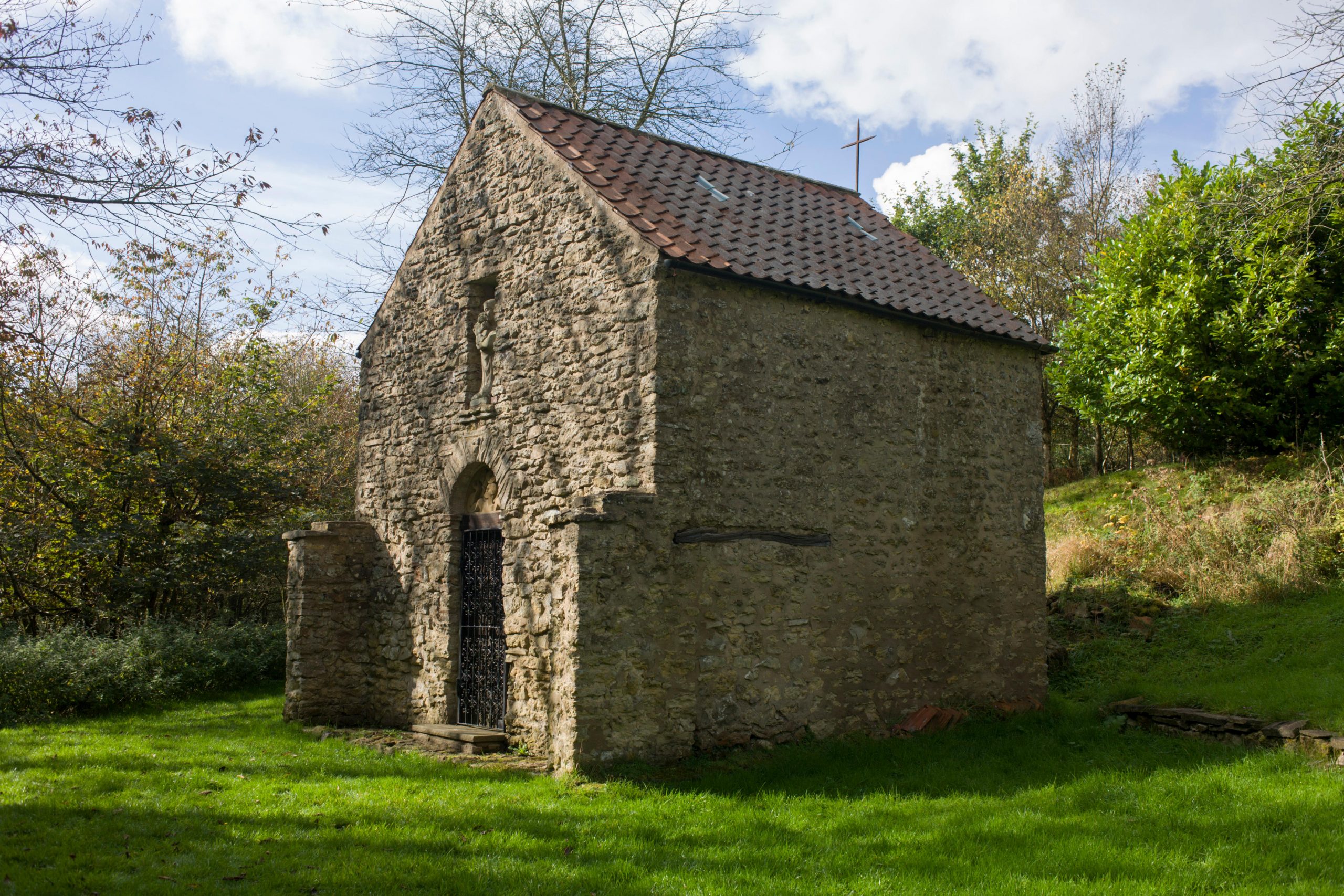 John Bunting War Memorial Chapel, Scotch Corner: The painstaking transformation of rubble to War Memorial
John Bunting War Memorial Chapel, Scotch Corner: The painstaking transformation of rubble to War MemorialAnnunciata Elwes celebrates the effort that turned a derelict house into a memorial.
By Annunciata Elwes
-
 The Garden of Cosmic Speculation: The surreal space where Lewis Carroll and Willy Wonka meet Capability Brown
The Garden of Cosmic Speculation: The surreal space where Lewis Carroll and Willy Wonka meet Capability BrownSurrealism, philosophy, nature and gardening come together at the Garden of Cosmic Speculation, as Annunciata Elwes explains.
By Annunciata Elwes
-
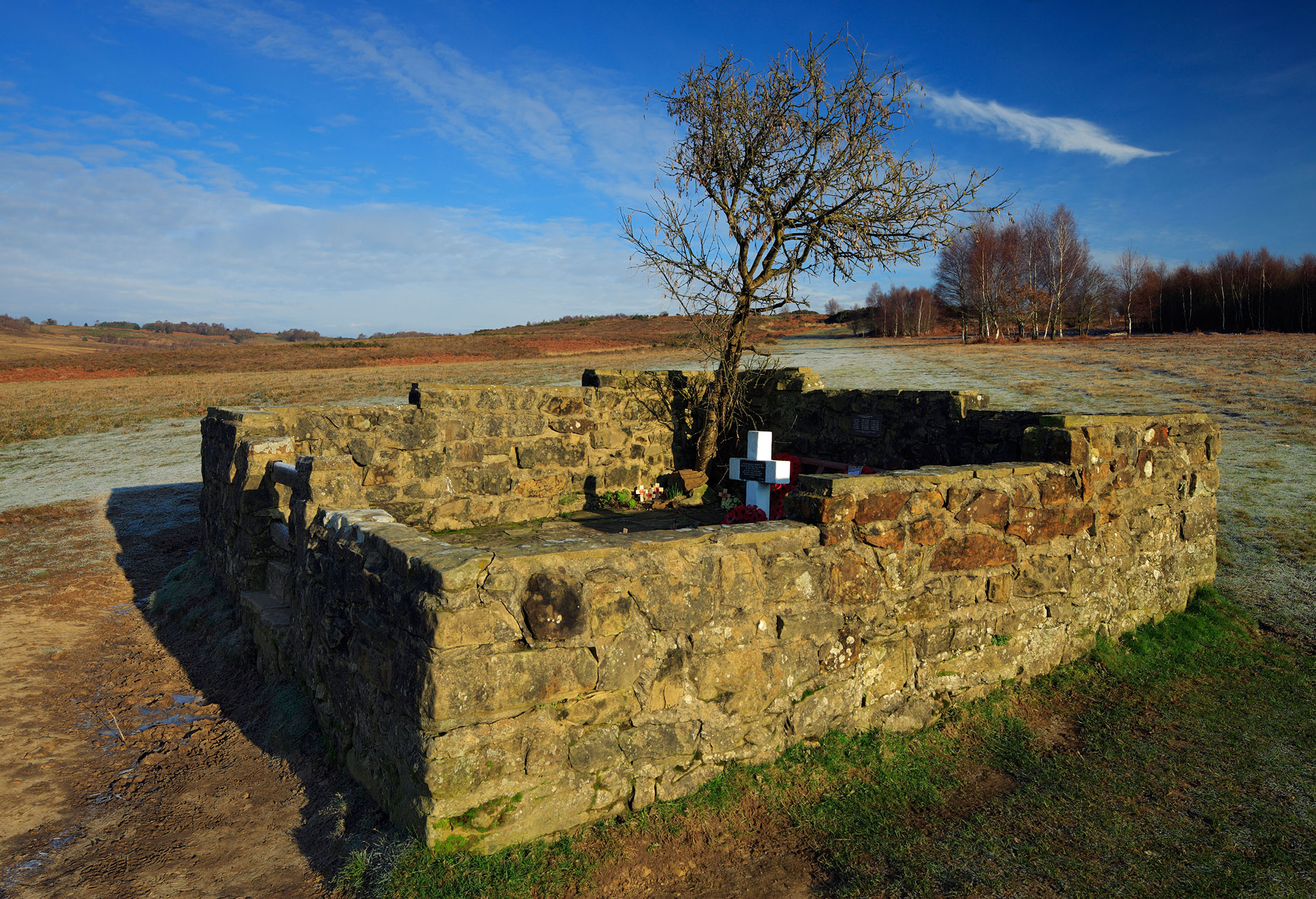 The Airman’s Grave, Ashdown Forest: A touching and little-known memorial to victims of war and fate
The Airman’s Grave, Ashdown Forest: A touching and little-known memorial to victims of war and fateA wartime tragedy in East Sussex's Ashdown Forest is among our Secret Britain picks, as chosen by Annunciata Elwes.
By Annunciata Elwes